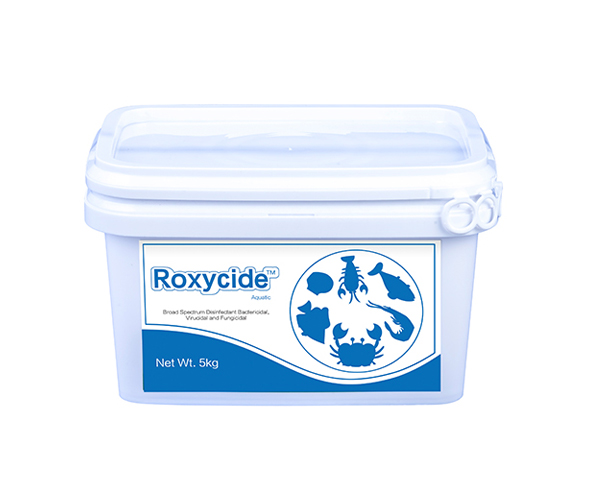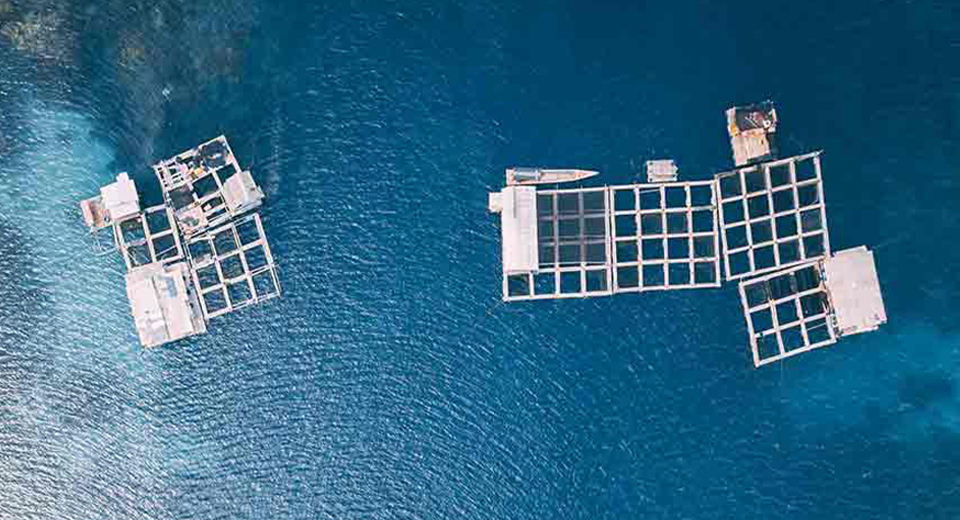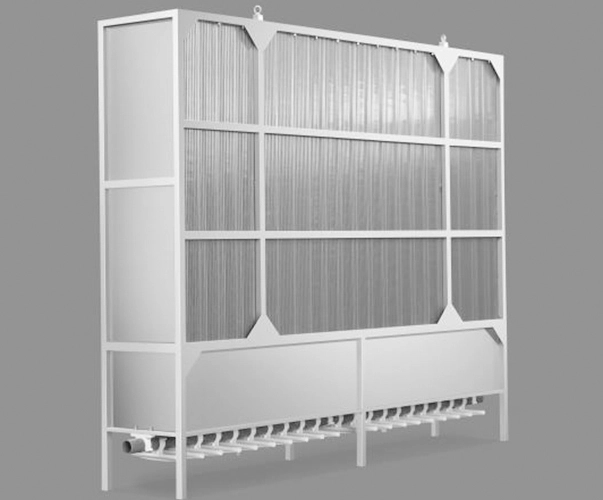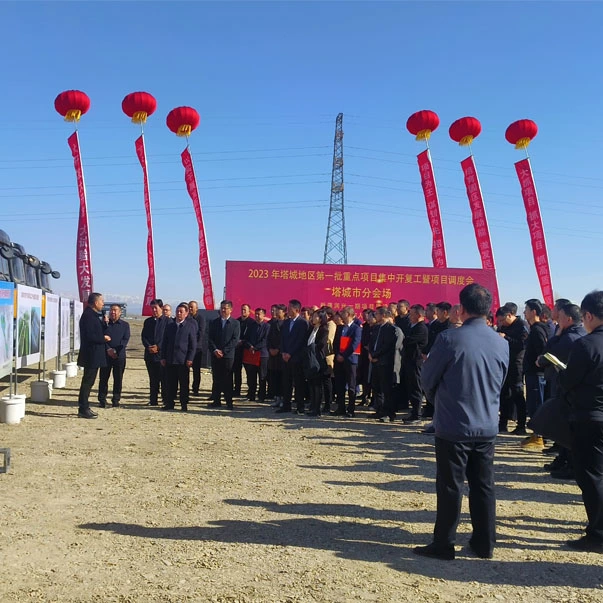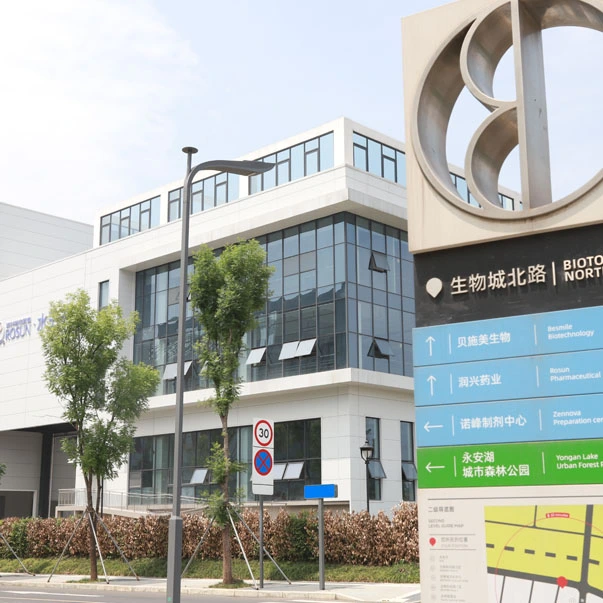Aquatic disinfectant: refers to the use of chemicals or other methods to eliminate most of the microorganisms and reduce the number of common pathogenic bacteria to a safe level.
1. Several different disinfectants need to be used alternately to avoid drug resistance;
2. Need to enhance the effect of disinfectant: the synergy of disinfectant is achieved based on the synergy of the mechanism of different chemicals on microorganisms
3. When to use the disinfectant: It should be used on a sunny day, and the aerator should be turned on after use to avoid the occurrence of fish floating heads due to hypoxia after medication
4. The importance of the water environment, otherwise the bacteria will increase after a few days after disinfection. Repeat this and continue to increase the amount of disinfectant and fall into a vicious circle








 English
English  日本語
日本語  français
français  Deutsch
Deutsch  Español
Español  русский
русский  português
português  العربية
العربية  tiếng việt
tiếng việt  ไทย
ไทย  Polska
Polska 
